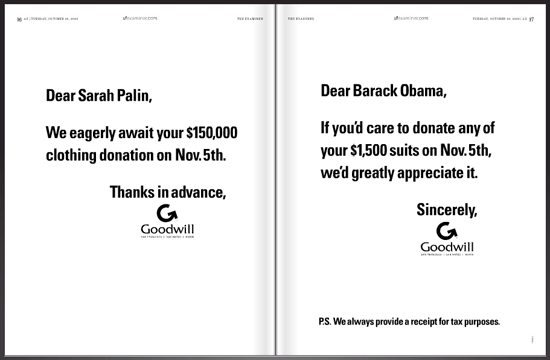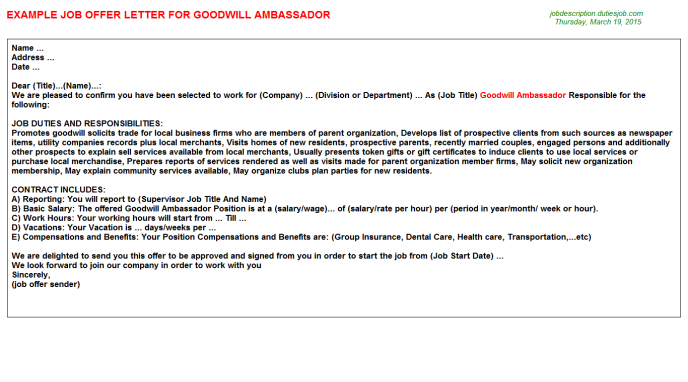Goodwill Definition Example
Post on: 31 Май, 2015 No Comment

What it is:
Goodwill is the excess of purchase price over the fair market value of a company’s identifiable assets and liabilities.
How it works/Example:
Goodwill is created when one company acquires another for a price higher than the fair market value of its assets; for example, if Company A buys Company B for more than the fair value of Company B’s assets and debts. the amount left over is listed on Company A’s balance sheet as goodwill.
The account for goodwill is located in the assets section of a company’s balance sheet. It is an intangible asset. as opposed to physical assets like buildings and equipment.
Goodwill is an accounting construct that is required under Generally Accepted Accounting Principles (GAAP). The concept can be best illustrated with an example:
Assume that Company ABC wants to acquire Company XYZ. ABC purchases all of the outstanding stock of XYZ for $8,000,000. On the acquisition date, Company XYZ lists the following assets and liabilities:
An appraisal estimates the fair market value (FMV) of the PP&E at $7 million. The book value of all the other assets and liabilities is equal to FMV.
The fair value of XYZ’s assets and liabilities is $2,000,000 + $7,000,000 — $4,000,000 = $5,000,000. We leave out the goodwill listed on XYZ’s balance sheet because it’s not a real asset being purchased by ABC — it’s an accounting construct XYZ was required to list pursuant to a prior acquisition.

ABC paid $8,000,000 for the stock, so on its next balance sheet, ABC will list an account called Goodwill that will have a value of $3,000,000.
The stock of many well-known companies is worth more than the value of their assets. To cite notable examples, the majority of Coca-Cola’s share value is not in its brick-and-mortar bottling plants, but instead in the brand name and secret formula of its storied soft drink brand.
Why it Matters:
Even though goodwill is listed as an asset. it can’t be bought or sold. Many analysts prefer to not consider it when they are examining a firm’s assets. One commonly used measure is tangible book value , which excludes non-cash balance sheet items like goodwill and amortization.
The appropriate value of goodwill is very hard to define. It is possible for an acquiring company to pay too much for the acquiree. and if the acquired net assets fall in value, the acquiring company must write them down (a process called impairment ). Impairment charges flow to the income statement. and will negatively affect EPS and the firm’s stock price.














